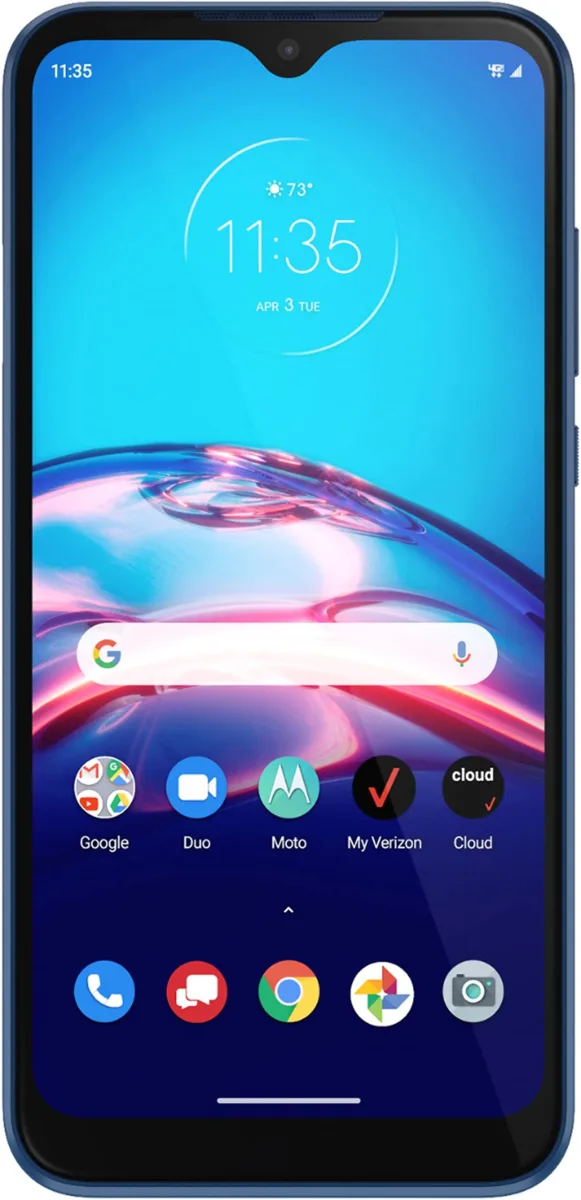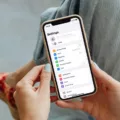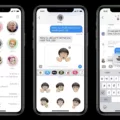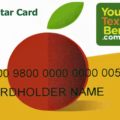Verizon is one of the leading cell phone carriers in the United States, providing millions of customers with reliable service and connectivity. However, like any other carrier, Verizon users may sometimes experience the nuisance of receiving spam text messages. These unsolicited messages can be both annoying and potentially harmful, as they may contain scams or phishing attempts. Fortunately, there are steps you can take to stop spam texts on Verizon and protect yourself from these unwanted messages.
One of the first things you can do is enable spam protection on your Verizon device. To do this, open your messaging app and tap the three-dot icon in the upper right corner of the screen. From there, select “Settings” and then “Spam protection.” Toggle the “Enable spam protection” switch to the on position. By doing this, your phone will be alerted if an incoming message is suspected of being spam, allowing you to identify and block these messages more easily.
Additionally, it is essential to report spam texts to your carrier. Verizon, like other major carriers, has a system in place to help identify and block spam messages. To report a spam text, simply forward the message to 7726, which spells out “spam” on your phone’s keypad. This service, known as the Spam Reporting Service, was introduced by phone operators in 2014 and allows carriers to take action against spam senders.
By reporting spam texts to 7726, you not only help protect yourself but also assist Verizon in identifying and blocking spam messages at a network level. This collective effort can help reduce the number of spam texts being sent to all Verizon customers.
It’s important to note that spammers can obtain your cell phone number in various ways, even if you have a new number. They may use technology to generate numbers automatically, making it possible to receive robocalls and robotexts. These scam texts are a common nuisance that affects many smartphone users.
If you’re a Verizon customer and want to stop spam texts, there are steps you can take. By enabling spam protection and reporting spam texts to 7726, you can help protect yourself and others from unwanted and potentially harmful messages. Remember to stay vigilant and avoid clicking on any suspicious links or providing personal information to unknown senders.

How Do You Stop Spam Text Messages On Your Verizon Phone?
To stop spam text messages on your Verizon phone, you can follow these steps:
1. Open the messaging app on your Verizon phone.
2. Tap on the three-dot icon located at the top right corner of the app to access the settings menu.
3. From the settings menu, select “Spam protection.”
4. In the spam protection settings, enable the “Enable spam protection” switch.
5. Once you turn on spam protection, your phone will start identifying and alerting you about incoming messages suspected of being spam.
By enabling spam protection, you allow your Verizon phone to use its built-in spam filtering system to detect and flag potential spam text messages. This feature helps you avoid unwanted and unsolicited messages from reaching your inbox.
Remember that while spam protection helps in reducing spam messages, it may not catch all of them. It is always recommended to be cautious while sharing personal information or responding to suspicious messages, even with spam protection enabled.
If you continue to receive spam text messages despite having spam protection enabled, you can report the messages to Verizon by forwarding the spam message to 7726 (SPAM). This helps Verizon improve their spam filtering system and take appropriate actions against spammers.
How Do You Stop Spam Texts Permanently?
To permanently stop spam texts, there are several steps you can take:
1. Contact your mobile carrier: Get in touch with your mobile carrier and report the spam texts you are receiving. They may have specific steps or services available to help you stop these messages permanently.
2. Block the sender: Most smartphones have built-in options to block specific phone numbers or contacts. Find the spam text in your message thread, tap on it, and look for the option to block the sender. This will prevent any future messages from that particular number.
3. Use third-party apps: There are numerous third-party apps available on both iOS and Android platforms that can help you block spam texts. These apps often have advanced features to identify and block unwanted messages automatically. Some popular options include Hiya, Truecaller, and RoboKiller.
4. Enable spam filters: Check if your mobile device has built-in spam filters or settings. For example, iPhones have a feature called “Filter Unknown Senders” which sends messages from unknown numbers directly to a separate folder.
5. Do not respond or click on links: Avoid responding to spam texts or clicking on any links they may contain. This can alert the sender that your number is active, resulting in more spam messages. Additionally, clicking on suspicious links can lead to malware or phishing attempts.
6. Be cautious with sharing your number: Be mindful of who you share your phone number with. Avoid providing it to unknown sources, untrustworthy websites, or unfamiliar apps, as this can increase the chances of receiving spam texts.
7. Report spam texts: If you continue to receive spam texts despite taking preventive measures, report them to your carrier. They can investigate and take action against the senders.
Remember, stopping spam texts permanently may require a combination of these methods. It’s important to stay vigilant and regularly review your settings and options to ensure unwanted messages are blocked effectively.
Why Are You Getting So Many Spam Texts All Of A Sudden?
There could be several reasons why you are suddenly receiving an influx of spam text messages. Here are some possible explanations:
1. Data Breaches: Your personal information may have been compromised in a data breach. Spammers acquire phone numbers from these breaches and use them to send spam texts.
2. Online Surveys or Contests: If you have participated in online surveys or contests and provided your phone number, it is possible that the company or third-party partners sold your information to spammers.
3. App Permissions: Some apps require access to your contacts or other personal information, which can be used to send spam texts. Make sure to review the permissions requested by apps before installing them.
4. Publicly Available Information: Spammers may obtain your phone number from public directories, social media profiles, or websites where you have shared your contact details.
5. Purchasing Goods or Services: When you make purchases online, some retailers may sell your information to third parties, including spammers.
6. Opting-In Unknowingly: In some cases, you may have unknowingly agreed to receive promotional messages or newsletters while signing up for a service or making a purchase.
7. Random Number Generation: Spammers often use automated tools to generate random phone numbers and send bulk spam texts. If your number falls within the range, you may receive these messages.
8. Phone Number Recycling: If you recently acquired a new phone number, it might have previously belonged to someone who consented to receive spam texts.
To mitigate the influx of spam texts, consider taking the following steps:
– Be cautious when providing your phone number online.
– Carefully review app permissions and privacy settings.
– Avoid participating in online surveys or contests that require your phone number.
– Use a spam filter or block specific numbers on your phone.
– Register your number with the National Do Not Call Registry (in applicable countries).
– Report spam texts to your mobile carrier.
– Consider using third-party apps or services that specialize in blocking spam messages.
Remember, it is important to never reply to spam texts or click on any links they contain, as this can confirm your number’s validity and potentially expose you to further scams or security risks.
Does 7726 Actually Work?
7726 does actually work. It is a free service provided by phone operators to combat spam texts. When you receive a spam text, you can forward it to the number 7726. This service was introduced in 2014 and is commonly known as the ‘spam’ service, as the digits 7726 spell out ‘spam’ on a phone’s keypad. By forwarding the spam text to 7726, you are helping the phone operators identify and block the source of the spam messages. This helps protect not only yourself but also other users from falling victim to scams or unwanted messages. The service works by analyzing the forwarded spam texts and taking appropriate action against the sender. So, if you ever receive a suspicious or spam text, remember to forward it to 7726 to help fight against these scams.
Conclusion
Verizon offers a solution to combat spam text messages through their spam protection feature. By enabling this feature in the app settings, users can receive alerts if an incoming message is suspected of being spam. Additionally, Verizon suggests reporting spam texts to 7726, which spells out ‘spam’ on the keypad, to help the carrier identify and block these messages before they reach the device.
Spam texts can be received through various methods, including the use of technology to generate random phone numbers. This means that even if you have a new number, you are still susceptible to receiving scam texts. However, by taking advantage of Verizon’s spam protection and reporting system, users can take proactive steps to minimize the impact of these unwanted messages.
Verizon’s commitment to tackling spam texts shows their dedication to providing a safe and secure user experience. By leveraging technology and user reporting, Verizon aims to stay one step ahead of spammers and protect their customers from potential scams and unwanted solicitations.
Verizon’s spam protection feature and reporting system serve as valuable tools in the fight against spam texts, allowing users to have more control over their messaging experience and providing a safer environment for communication.








